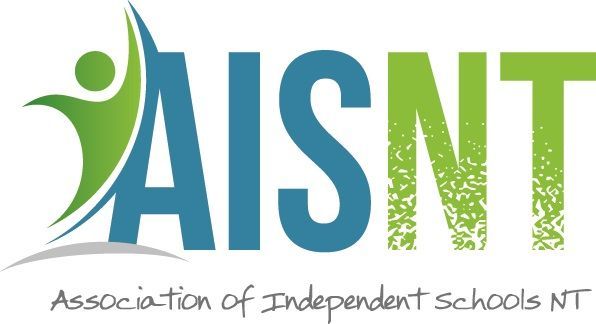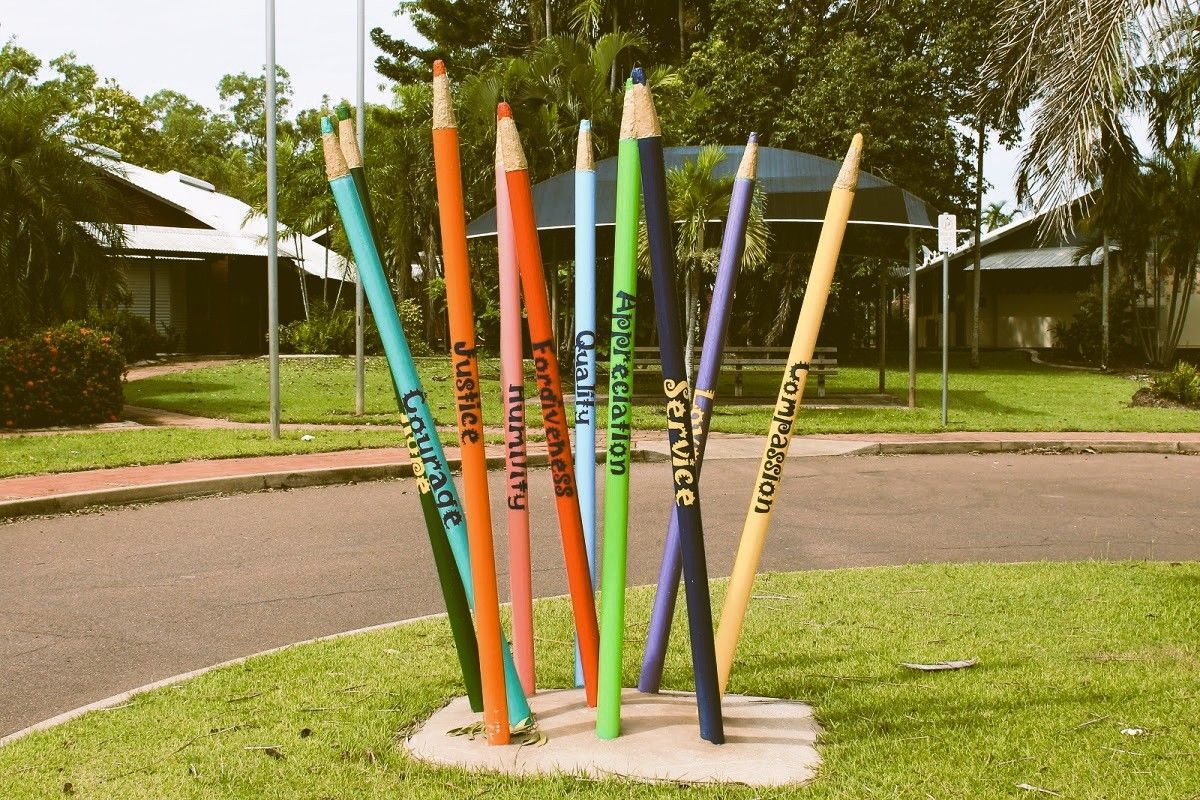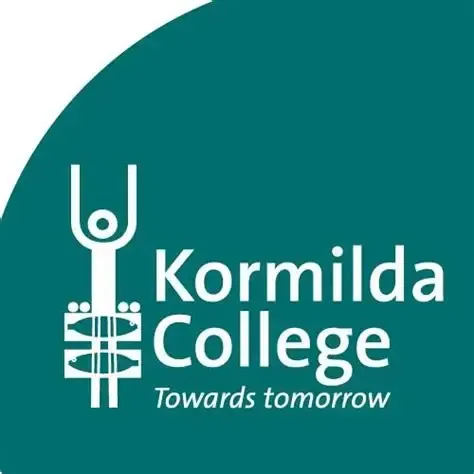Principal Thoughts
My 42 years in education were exciting and challenging. Through those years change was always on the agenda - there was always the latest thinking on something. Personally, I found some of the new thinking really worthwhile. Whilst some didn’t make sense to me; that is not to say it wasn’t appealing to someone else. It seemed to me that new ideas needed to be considered critically by me to see if they were worthwhile. What was paramount was not simply to accept them as a result of someone’s presentation, book or enthusiasm. Sometimes, I believe teachers accept something because it is the product of someone who seems more qualified or experienced; and they therefore feel their own opinion is not valid.
My time as an AISNT and ISCA Board member and particularly as Chair, member of AHISA and years associated with the International Round Square Organisation, as well as the study leave granted to me by my own school, enabled me to visit many many schools in Australia and around the World . It was my good fortune to meet many Principals and Teachers and to forge good friendships with them. What I found useful was to listen and observe, not immediately be drawn to criticism or comparison but rather to try to understand why they followed a particular approach. I could then see if there was anything of value I could introduce into St Philips. I was fortunate to have hours and indeed days of wonderfully rich and challenging conversations. It was interesting to discover that many of the challenges were common in schools, regardless of their location in the world. On the other hand, the diversity was also thought provoking.
I visited Gordonstoun in the north of Scotland, a school founded by Kurt Hahn who was also responsible for Salem school in Germany, Outward Boun, the Duke of Edinburgh Award scheme and Atlantic College, the first United World College. Gordonstoun had a strong belief in experiential education; and one of the real experiences available for students was to belong to the school’s fire unit. This was a real fire unit with a genuine fire truck, which was part of the local network. The Chaplain drove the fire truck and students, when on call had a radio with them, even in class. If called, they left class immediately and headed for the truck and action.
I visited the Doon School in India, which was noted for taking on great challenges. Later we hosted a boy from there who climbed Mt Everest in year 9 with a school expedition - how remarkable!
When I attended an assembly at our sister school in Oman, which was an Indian School where most students would be Hindu or Muslim, I found myself singing old English Hymns. I asked my friend the Principal how this was so. He said they were fine songs of worship, only mentioned God and therefore were part of the school ceremony.
I visited a large government school in California which had a significant number of hearing impaired students. The students were spread throughout the school. Each class was served by a teacher and a person translating into sign language. The government had clearly made this a priority backing it with substantial financial support.
Starehe is a large school in Nairobi. Started by creative dedicated person, Geoffrey Griffin at the time of the Mau Mau uprising, he first developed it as a youth centre, then it became a school. It developed into a boarding school with a huge reputation with graduate students often holding prominent positions in the Kenyan community. At one stage Sarehe had a waiting list of 7000!
Former ISCA Executive Director Bill Daniels and I visited the office of the Independents Schools Council of Europe, in Copenhagen, in about 2005. The Director made the observation that Danish students are not at the top of the PISA scores, but they are happy students. That to me was a very valuable statement, which I have never forgotten. I was impressed that student happiness was their key priority.
A school in Wuhan China was thought provoking. I was shown the school of 3000 students by a year 11 student who was an only child and realised, as I walked around asking questions, that indeed all (or almost all) students were only children-no sisters or brothers, no cousins, possibly no aunts or uncles. There were 60 students in each class all busily engaged. My guide was friendly and impressive as indeed was the school.
In South Africa, I had the good fortune to spend time in a little school out from Johannesburg. The school was a small square concrete structure, no glass in the windows, concrete floor, blackboard and little else. I spent sometime with a young student, perhaps aged 12, painting a rubbish tin in the colours of the South African flag. I ask the boy what he hoped to do and he enthusiastically replied that he would become a lawyer. In spite of the lack of facilities his enthusiasm, determination and belief, I felt, would drive him to make his dream come true. We have so many educational ‘things’ in Australia and I sometimes feel that good education can take place under a gum tree. I seemed to remember that the great teacher Socrates used a cave. I guess devout believers in Outdoor Ed know this well. Learning depends on the desire to learn and a good teacher.
I arrived at Port Hope station, about 100km from Toronto, mid-morning. It was 1992. I was met by the Principal’s PA who apologised for the Principal not meeting me. She explained that he was taking a class. As I always believed that it was valuable for the Head to teach a class, I instantly felt I would have something in common with him. When I met him, he explained that ‘he was not teaching the class but was a student in it’. He had a strong belief that he would benefit students by modelling how to be an effective learner. He in fact took all the tests and indeed the final exam. Thought provoking indeed!
These are some of the enriching experiences I have had. They are all positioned carefully into my mosaic of experience to be reflected on, not once, but time and time again. They help form some of the background as I dutifully look out of the window.
Chris Tudor
AISNT Historian & Principal Liason



